In the ever-evolving world of textiles, there exists a fabric that feels like a gentle caress against the skin. Enter: modal fabric, a darling of the sustainable textile industry, celebrated for its luxurious comfort. Yet, beneath its vegan silky surface, there’s a knot of controversy waiting to be unraveled.
But what is modal fabric? Plant-based, it does have its ecological benefits, but when it comes down to it, is modal sustainable? Or is it just another silky smooth example of greenwashing?
We dive in, separating fact from fiction, comfort from controversy, and discovering whether this fabric is as soft on the planet as it is on the skin.
Contents: What Is Modal Material?
- What Is Modal Fabric Made Of? Jump to section
- How Is Modal Fabric Manufactured? Jump to section
- Modal Fabric Manufacturers Jump to section
- Is Modal Fabric Sustainable? Jump to section
- Modal Fabric Properties Jump to section
- Modal Fabric Vs Cotton, Viscose Rayon, & Lyocell Jump to section
- Modal Fabric Clothing Brands Jump to section
What Is Modal Fabric Made Of?
Modal rayon fabric, also known as High Wet Modulus (HWM) rayon, was first developed in Japan in 1951 as an alternative to silk, which begs the question: is modal natural or synthetic?
The modal fabric definition calls it a “semi-synthetic” fabric. This means it’s made from natural materials (in modal’s case, beechwood pulp), but is transformed into fabric using chemical processes—as opposed to natural fibers like hemp fabric, which can be turned into textiles using all-natural means.
In this way, modal fabrics are similar to regular viscose rayon. However, it is also stronger, more breathable, and has the ability to withstand excessive moisture.
How Is Modal Fabric Manufactured?
Modal fabric is made from the wood pulp of beech trees, primarily European beech (Fagus sylvatica) and American beech trees (Fagus grandifolia). Sounds nice and natural, right?
While modal is a natural fiber at the beginning of its life, it doesn’t stay that way for long because the raw wood fibers are put somewhat complex purification process converting the wood chips into the cellulose that becomes modal fabrics. The modal fabric manufacturing process looks like this:
1. Chipping or Pulping: Harvested beech trees are chipped into small pieces or pulped, either mechanically or chemically.
2. Chemical Processing: The wood chips are treated with a solution of sodium hydroxide and carbon disulfide to form cellulose xanthate. This is very simliar ot the production of viscose fabric, but modal requires much less sodium hydroxide, which means less toxic waste.
3. Aging: The solution is allowed to age, which helps in controlling the viscosity and improving the quality of the fibers.
4. Extrusion: After aging, the solution is extruded through spinnerets. Spinnerets are like fine shower heads with tiny holes, through which the viscose is forced. This process creates thin filaments.
5. Coagulation Bath: The extruded filaments are then immersed in a coagulation bath, typically consisting of a sulfuric acid solution. This bath solidifies the filaments into long, continuous fibers.
6. Washing & Neutralization: The fibers are thoroughly washed to remove any residual chemicals and impurities. This step is crucial for the safety and environmental-friendliness of the process.
7. Drying & Spinning: The modal fibers are dried to reduce their moisture content. Once dry, the modal fibers are cut into shorter lengths and then spun into yarn ready to become your favorite pair of sustainable pajamas.
Modal Fabric Manufacturers
In the world of beechwood modal material clothing, there are two names you’ll encounter often: Lenzing and TENCEL™.
What Is Lenzing Modal Fabric?
Lenzing AG, an Austrian fabric company, is the world’s leading modal fabric manufacturer. That’s because they’re also the leading producers of sustainable modal using sustainable forestry certified (typically the Forest Stewardship Council) wood sources and ensures that certified sources produce the harvested wood.
These wood fibers are then transformed via closed-loop production into modal material, meaning the brand reuses 99% of the solvents and water used in the creation of beechwood modal. The production process of Lenzing’s TENCEL™ modal fabric is carbon-neutral and requires less land and water than other textiles.
TENCEL™, by the way, is simply a subset of the Lenzing brand. While you’ll most often hear TENCEL™ in relation to lyocell—modal’s similar semi-synthetic cousin made of bamboo or eucalyptus fibers.
Is Modal Fabric Sustainable?
Is modal a good fabric from a sustainability perspective?
In Lenzing’s case, it has been certified as both biodegradable and compostable under home, soil, industrial, and marine conditions. Its growth is more sustainable than that of cotton, and it’s responsible for yields up to ten times as high, and uses 20 times less water. Water is also saved when you’re wearing it since the material doesn’t require heavy washing.
While Lenzing leads the way in modal sustainability, there are other companies that produce this type of rayon, not all of which are created equally. Sometimes, the modal production process takes place in countries like China, India, Indonesia, and Pakistan—but without the strict standards used by Lenzing. Modal’s overall sustainability is determined by several factors
Raw Material Sourcing
Modal can be sustainable if the beech trees used for its production come from responsibly managed, renewable forests. While beech trees produces the most eco-friendly modal fabrics, rainforest pulp has been used as well. While environmentally responsible processes that use sustainably sourced wood are responsible for Lenzing modal fibers, many other manufacturers don’t do the same.
In fact, the viscose supply chain (which includes all fabrics of the viscose family, modal included) has been linked to logging in tropical rainforest areas—at a rate that’s predicted to double by 2025.
Such unsustainable logging practices and deforestation can have detrimental effects on ecosystems, namely biodiversity loss.
Chemical Use & Resource Recycling
Like bamboo fabric, the type and quantity of chemicals used in modal production play a significant role in its sustainability. Excessive chemical use can harm the environment and surrounding communities. A sustainable modal production process always involves a closed-loop process where chemicals used in the manufacturing are recycled, reducing waste and minimizing the release of harmful substances into the environment through water recycling and treatment.
Look for brands that specify using closed-loop processes and those with non-toxicity certifications, like OEKO-TEX or bluesign® approval.
Biodegradability
Unlike purely synthetic fabrics, modal is biodegradable, meaning it can naturally break down over time, reducing its impact on landfills and the environment compared to synthetic fabrics that don’t readily decompose.
But whether modal is safe enough to toss in your compost bin depends on the safety of the chemicals used in its manufacturing, so this otherwise big sustainability pro hinges on the choices made at the production stage.
Modal Fabric Properties
Advantages Of Modal Fabric
One of the best modal fabric properties is its ultra-comfy feel. It’s soft, light, flexible, and breathable—making it one of the more luxurious vegan fabrics. Like silk, modal resists wrinkles, doesn’t crease, doesn’t shrink, and drapes well.
Despite its softness, modal is a surprisingly durable fabric. It can withstand repeated washing and wear without losing its shape or becoming excessively worn, making it a practical choice for everyday clothing. The semi-synthetic fabric resists pilling after extended wear and you’ll find modal fabric stretchy, without sacrificing durability in your sustainable yoga clothes.
Here are some other advantages that make it a good choice for clothing, bed sheets, and more:
- Breathability: Its lightweight feel allows air to circulate easily through the fabric, regulating body temperature in both warm and cool weather.
- Moisture-Wicking: Featuring excellent moisture-wicking properties, it can absorb and disperse moisture (such as sweat) away from the body. This keeps the wearer feeling dry and comfortable, making it an excellent choice for activewear and athleisure clothing.
- Color Retention: Modal fabric absorbs dye and retains color well over time.
- Shrink Resistance: Modal fabric shrinkage tends to be minimal compared to some other natural fibers like cotton.
- Versatility: Modal fabric can be blended with other fibers to enhance specific properties. You’ll often see modal cotton fabric, a blend that captures the best of both fibers.
- Anti-Bacterial: Modal fabrics have been found to have natural antibacterial properties, which can help reduce odors and keep clothing fresher for longer periods.
- UV Resistance: Modal provides some level of UV resistance, offering protection from harmful UV rays. This makes it a suitable choice for summer clothing and outdoor activities.
Disadvantages Of Modal Fabric
As for the cons of modal fibers, there have been occasional drawbacks reported including allergic reactions, discoloration and lack of heat retention.
For us, the number one downside of modal is that, unless it is a Lenzing Modal, you just cannot guarantee that the underlying wood pulp came from a sustainably managed forest or that the process of manufacturing the modal material was safe (for workers and the environment).
Modal Fabric Vs Cotton, Viscose Rayon, & Lyocell
Modal Vs Viscose Rayon
The production process is relatively similar, but modal fabric is processed more and uses fewer chemicals, resulting in a stronger and lighter final product. We recommend avoiding viscose rayon, given the huge amount of water and toxic chemicals used in production.
Modal Vs Lyocell
Modal is often confused with lyocell fabric given their similarities and Lenzing makes both. Similar to modal, lyocell converts wood pulp into a fiber, which is turned into a fabric. However, the closed-loop solvent spinning manufacturing process always used for lyocell uses non-toxic cellulose solvents
Modal is slightly softer and more delicate but both are comfortable, breathable and absorb moisture.
Modal Vs Cotton
From a durability standpoint, modal fabric lasts longer than cotton, is more resilient than many other synthetics and can withstand repeated wash and dry cycles, making it a great fabric for sustainable activewear or other high-wear fabrics. You’ll find its breathability comparable to cotton—though the high degree of modal stretch and sweat-wicking means it overall excels here.
Modal fabric is also more eco-friendly (provided it is made by Lenzing) than conventional cotton, requiring significantly less land, water, and chemicals to grow and process. If a closed-loop production process is used, it consumes less water than even organic cotton.
Though just like most sustainable products are more expensive, so too is modal.
Modal Fabric Clothing Brands
Many brands have responded to the demand for more sustainable alternatives to formerly coveted (but unethical or unsustainable) fabrics like silk and rayon. So just as we’re seeing a rise in TENCEL clothing brands, we’re also seeing a big rise in brands who use models wearing modal clothing (try saying that 5 times fast!).
Here are some of our favorites:
- Nat’v Basics offer clean, stylish undies made of OEKO-TEX certified Lenzing Modal blended with a touch of polyamide and elastane.
- Threads 4 Thought blends TENCEL™ modal terry into all manner of sleepwear, loungewear, and sustainable basics.
- Toad&Co integrates modal with organic cotton in some of their casual styles.
- Maylyn & Co is a sleepwear brand specializing in making vegan silk pajama alternatives. Some of their loungewear sets are made with pure organic modal fabric.

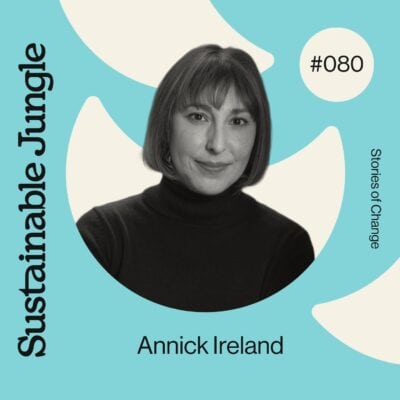





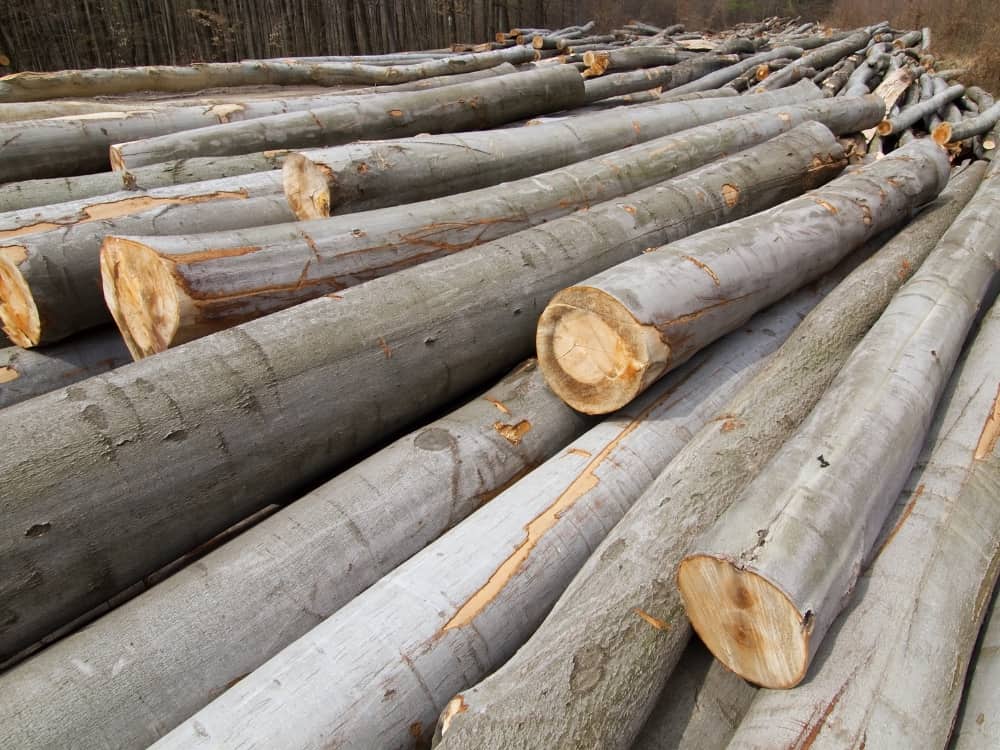
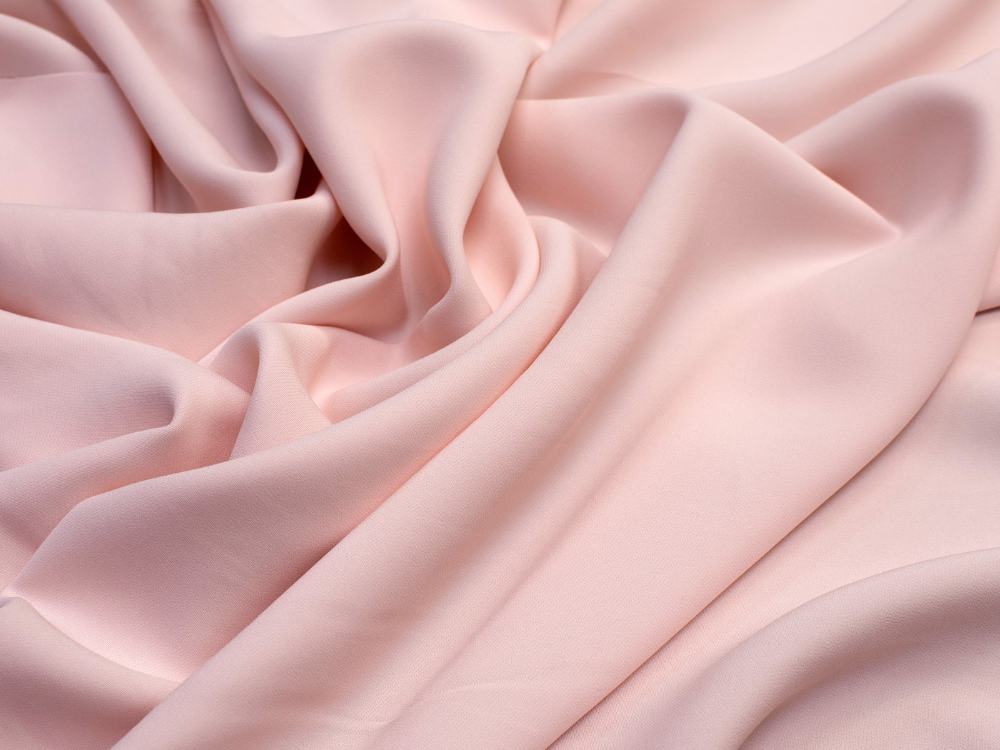
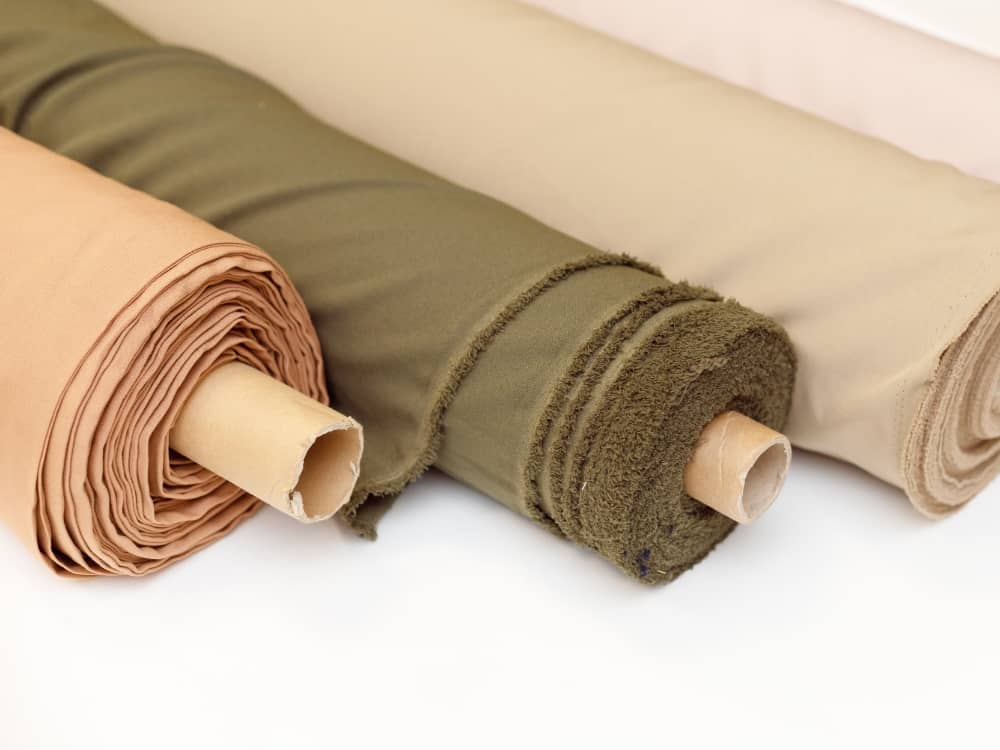
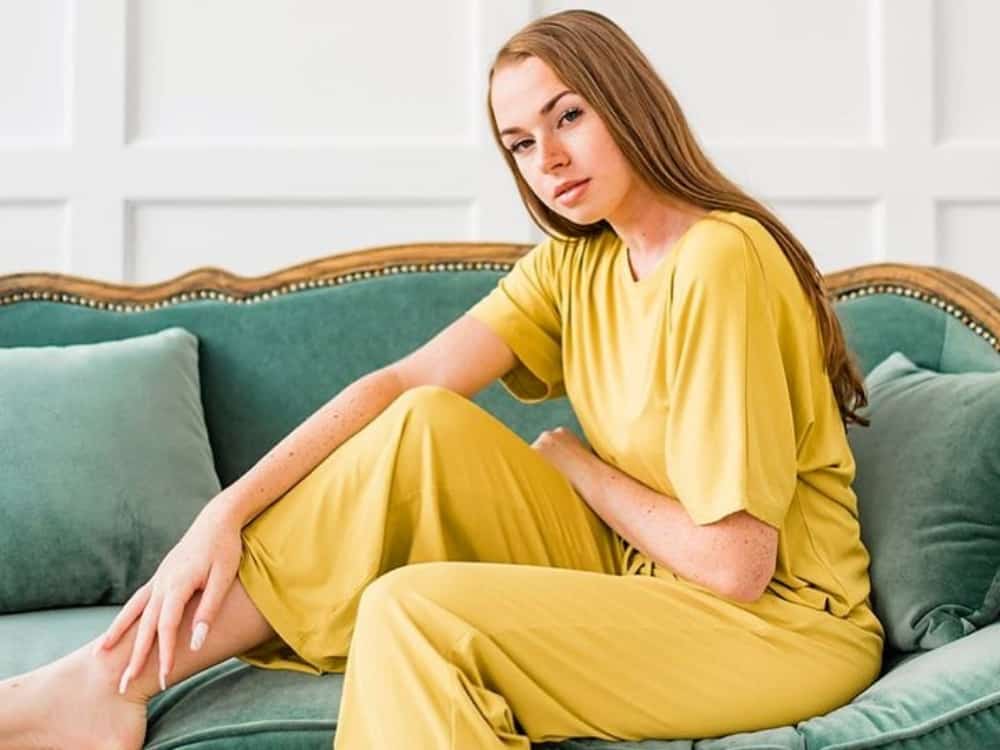


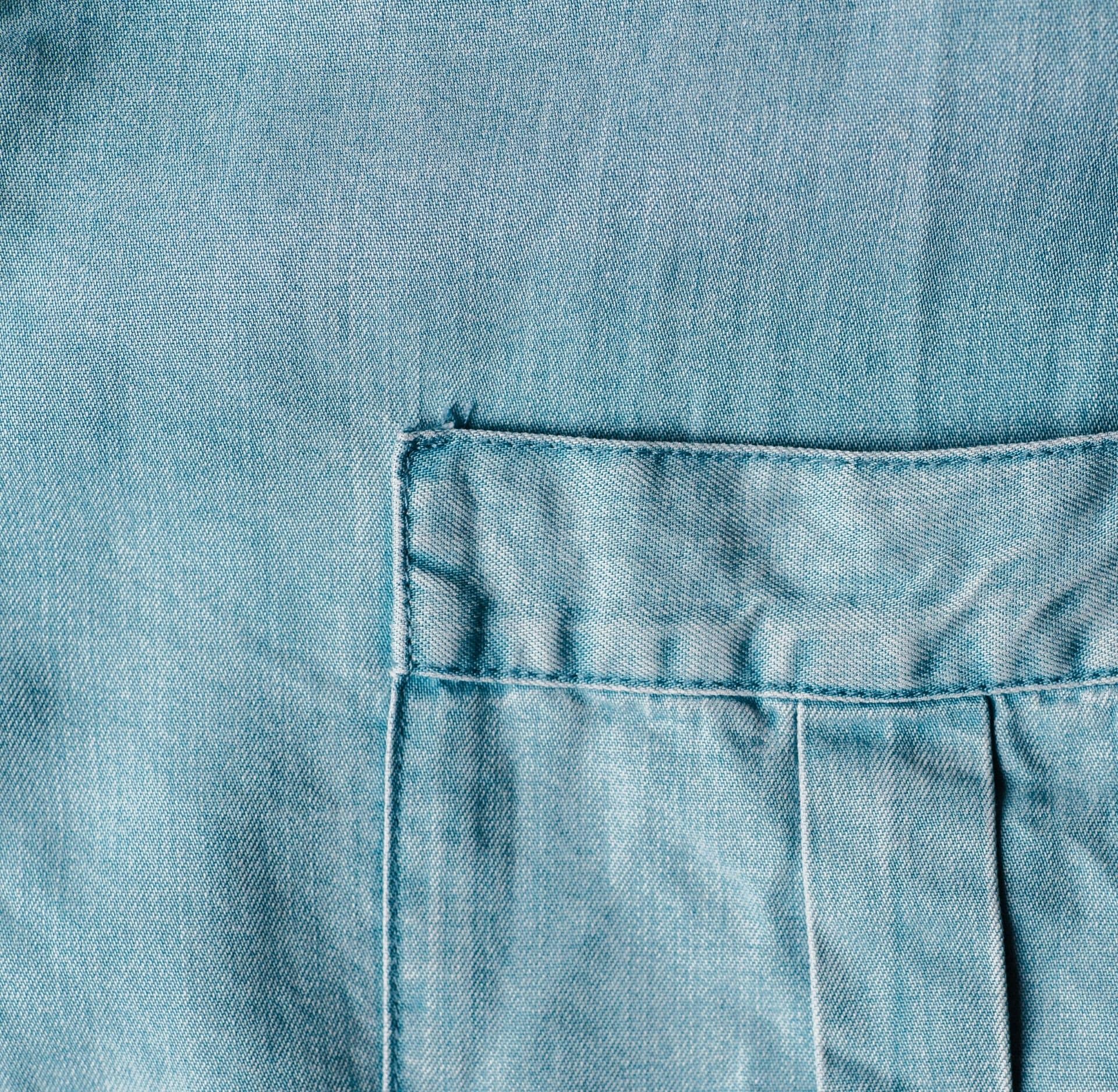


Am new in fabrics world, thanks to modal !
I bought a t shirt, and the moment i wore it, i liked the feeling of it on my skin.. so soft and cool. I then started to search about this fabric, getting to know more. This article is so useful and fruitful of information, I’m happy that i found your page.. cheers!
My main concern about modal rayon would be shrinking. I’ve not had very good luck with rayon garments, they have been a waste of good money because of them shrinking 😬
So glad to hear about Modal. I’m impressed with Lenzings’ ethics and processes. I have some Modal pj’s and they feel wonderful! They have all the attributes listed above. I don’t know yet who made the cloth, but I will be looking into that, as well as the clothing sources referenced in this article. Thank you, Lenzing, for what you are doing for planet Earth!
I’ve recently bought a modal nightie to try to combat hot and cold ight sweats. I had a nightie especially for menopausal women before, but I found a thin cotton nightie was better, but didn’t wick moisture, and I wanted a fabric more sustainable than cotton. The modal nightie is the best! I am not waking up in the night and it’s sooo comfy! I love this fabric.
Great to hear Carol!
I’m buying a scarf that’s 90% modal and it says dry clean only. This article says it’s not good for the fabric to dry clean. I’m totally confused.
That is confusing! Would recommend sticking to the manufacturer’s instructions Julia!
Would have liked to know the names of brands that use Lenzing Modal.
Thanks for the feedback Janita, we’ll look to include a list when we next refresh the article. In the meantime, we feature tons of brands on our site that use modal, suggest using our search function to take a look 🙂
I thought I knew about fabrics but was stumped on Modal!! This information is excellent tells you all you need to know thank you.